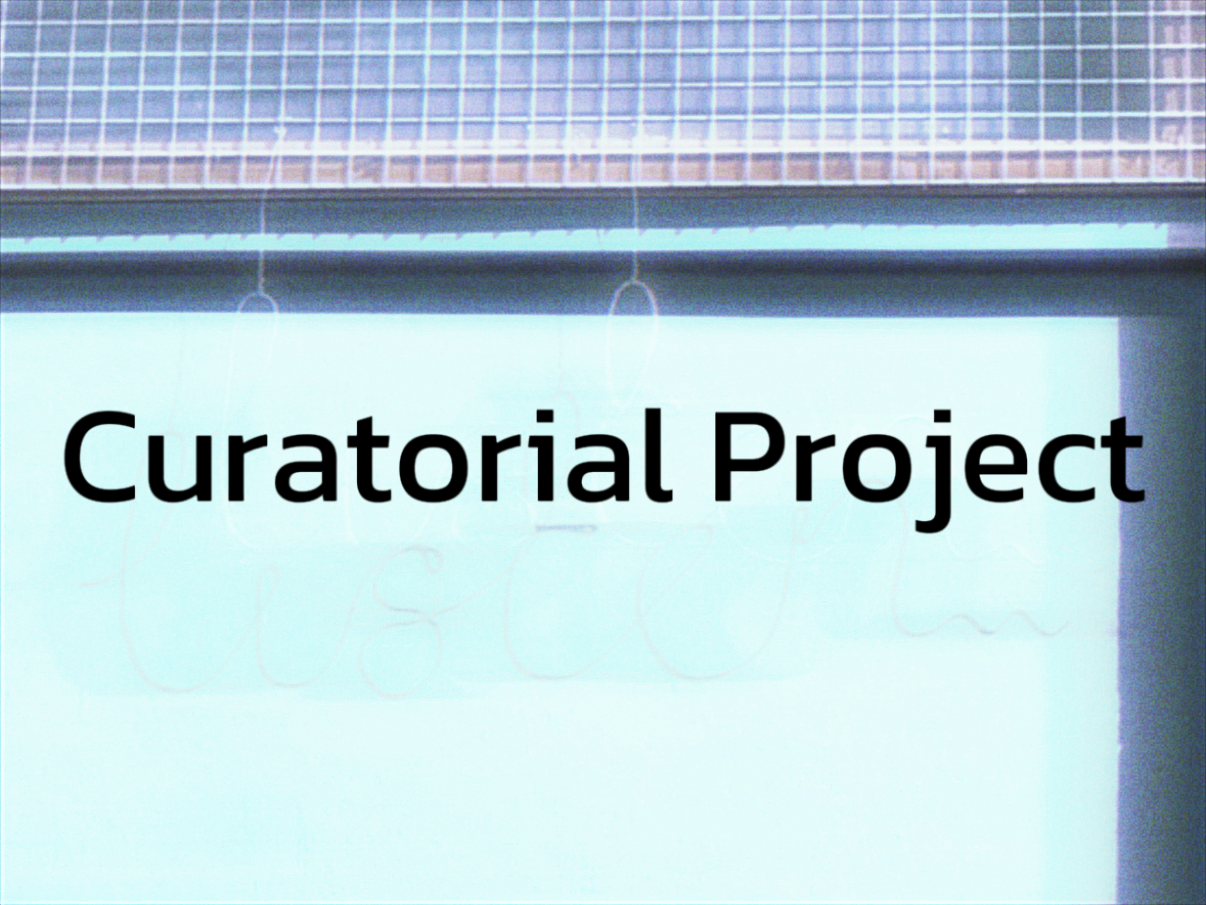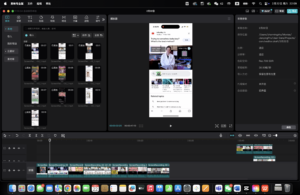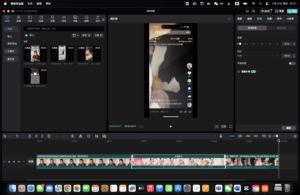Week5 Blog | Echoes of Silence:Inequality of women in the family – Curatorial Research and Personal Reflection

During last week’s curatorial research, I selected the general thematic direction of the exhibition and settled on the use of sound as the medium of the exhibition. This is because sound has become an important contemporary consciousness that reveals the hidden secrets of society. In this week’s curatorial research, I have decided to use “Patriarchy” as the starting point for my exhibition, and to highlight the deep-rooted inequality between men and women in the family through the recordings of women’s voices at different stages of their lives in the society and in the family. From birth, adolescence to marriage, each stage reflects the fate of women who are neglected, traumatized and traded within the family and social structure. The purpose of this blog is to share my inspiration for this curation and to frame the content of the exhibition.

video – Born in China

Scan the QR code to watch the video
⚫️1. The Unwanted Cry – Women are chosen from birth
“Have a son.” This phrase echoes in countless families and becomes the initial background sound of a woman’s life.
In the Chinese documentary “The Door of Birth,” Zeng Xianchun endured years of domestic violence for not producing a son, and after surviving the birth of two daughters and two miscarriages, risked her life to give birth to a boy in her fifth pregnancy. She only hoped that by having a son she could be valued by her family and respected by her husband. Her story not only includes, but epitomizes the experience of many women.
Sound curation content: I will collect audio clips of sex selection advertisements about birth, such as “How to have a boy”, from the internet, and put them together for the first phase of the sound exhibition.

Picture: Sound Editing 1, by author.
This part of the strategy exhibition actually allows the audience to experience through sound the fate of women that is decided before birth.
⚫️ 2. Adolescence: Silent Rebellion

DIED OF SHAME, accessed March 23, URL: https://www.thesun.co.uk/news/9910644/kenya-school-hanged-herself-period-shamed/.

Text of DIED OF SHAME, accessed March 23, URL: https://www.thesun.co.uk/news/9910644/kenya-school-hanged-herself-period-shamed/.
Soundscape content: e.g., playing the sounds of menstrual shame (Period Shame Soundscape), e.g., the need to disguise the opening of a menstrual pad by coughing.

Picture: Sound Editing 2, by author.
Bibliography
Knox, Patrick. 2019. “Schoolgirl, 14, Hanged Herself after Being ‘Period-Shamed’ by Her TEACHER Who Called Her ‘Dirty’ and Kicked…” The Sun. September 11, 2019. https://www.thesun.co.uk/news/9910644/kenya-school-hanged-herself-period-shamed/.
Guaishou Shuo. (2024, May 20). In order to give birth to a son for her husband, she got pregnant 5 times in 11 years, but she ended up giving birth to a child with cerebral palsy.




I think your curatorial blog showcases a deep reflection on curatorial practices and a diverse exploration of themes. By using sound as a medium, you address hidden social issues, as seen in “Echoes of Silence: Women’s Inequality in the Family”, where you highlight the position of women under patriarchy. Your creative use of sound effectively reveals overlooked societal realities.
In terms of teamwork, your involvement in forming the “Avant-Prism” group emphasizes interdisciplinary collaboration, demonstrating innovative thinking in curatorial work. Additionally, your study of Ryuichi Sakamoto’s exhibition reflects your focus on sensory interaction and audience engagement.
Overall, this blog is rich in content and offers a unique perspective, showcasing both professionalism and creativity in curatorial practice. To further enhance your work, consider expanding your exploration of different media and pushing the boundaries of curatorial formats. Strengthening cross-disciplinary collaborations could also enrich your exhibitions by diversifying content and presentation styles.
I believe that using “patriarchy” as the core theme of the exhibition and employing sound as the medium to reveal the deeply rooted gender inequality in society is a good choice. This theme has a strong practical significance and can trigger reflection and discussion among the audience. Using sound as the medium of the exhibition is an excellent creative decision, as sound can immerse the audience and has a profound ability to convey emotions, directly engaging the audience’s senses and emotions. Especially in combination with this theme, it can better reveal the neglect and injustice suffered by women in the family and society, and stimulate the audience’s emotional resonance.
In your blog, you mentioned concepts like “patriarchy” and gender inequality but lacked theoretical references. Have you found any relevant case studies? While sound can provoke thought, might the audience find the exhibition format monotonous and lacking in experiential elements? How will the audience interact with the sound during the exhibition? You mentioned collecting sound materials, and I think it would be beneficial to include the voices of women from different cultural backgrounds to showcase the diversity of gender issues.
I believe that using “patriarchy” as the core theme of the exhibition and employing sound as the medium to reveal the deeply rooted gender inequality in society is a good choice. This theme has a strong practical significance and can trigger reflection and discussion among the audience. Using sound as the medium of the exhibition is an excellent creative decision, as sound can immerse the audience and has a profound ability to convey emotions, directly engaging the audience’s senses and emotions. Especially in combination with this theme, it can better reveal the neglect and injustice suffered by women in the family and society, and stimulate the audience’s emotional resonance. You mentioned concepts like “patriarchy” and gender inequality but lacked theoretical references. Have you found any relevant case studies? While sound can provoke thought, might the audience find the exhibition format monotonous and lacking in experiential elements? How will the audience interact with the sound during the exhibition? You mentioned collecting sound materials, and I think it would be beneficial to include voices of women from different cultural backgrounds to showcase the diversity of gender issues.